The use of zirconia-based materials in tandem with CAD/CAM technology enables the creation of high-quality prosthetic restorations, even in very difficult occlusal conditions. Of particular importance here is to ensure the correct intercuspation of the teeth and correct occlusion, while recreating the natural aesthetics of the smile.
In a previous article, I wrote about the special features of full-contour zirconia crowns. Today, a few words about the technology in which these crowns are made, i.e. computer-aided design and execution of prosthetic works (CAD / CAM).
CAD – computer-aided design
Digital intraoral scanning
The creation of a full-contour crown begins with a digital intraoral scan of the patient. The scanner records both the view of teeth and soft tissues. Digital scanning offers many advantages over analog traditional methods (mass impressions). The key advantage is the constant precision of work throughout the entire process, from design through the laboratory to final production. Nothing here can move or crumble.
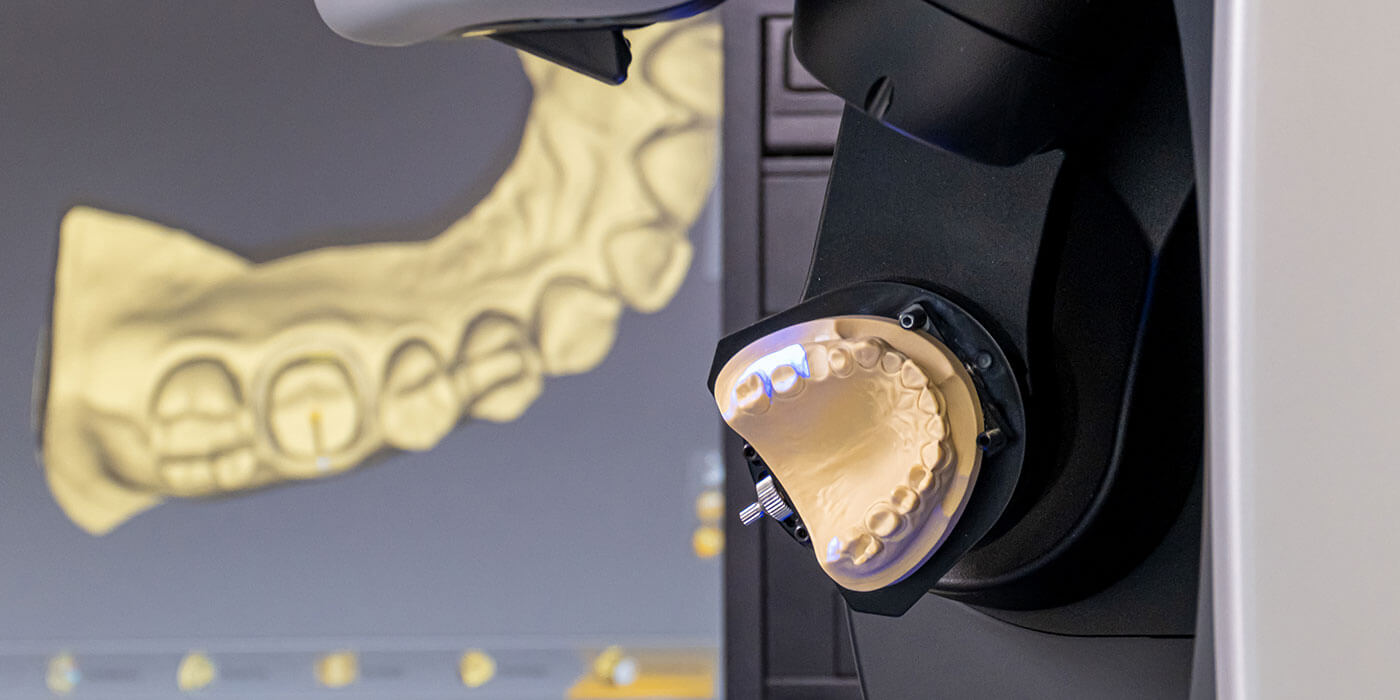
Virtual reconstruction project
A three-dimensional image of the oral cavity is sent to the computer, where we make a virtual reconstruction model. The view can be freely enlarged and rotated. Registered with high precision, unique as fingerprints, tooth surfaces and edges, the location of contact points and cusps are transferred to the project. CAD technology enables its execution based on the resources of the tooth shape library. And although the system itself is able to find the most similar patterns, the operator has a real impact on the project and can modify it depending on the requirements of a given situation. Virtual work is created on the basis of scans of the mandible and maxilla set in the correct occlusion.
Digital occlusal analysis
The design of the prosthetic restoration made in this way is analyzed in a virtual articulator. It works on similar principles as a manual articulator. The simulation reproduces the natural movements of the mandible in relation to the maxilla, including lateral and forward movements, the so-called canine or incisal guidance. The occlusion can be freely raised or lowered, adapting to the anatomical conditions of the patient. All this so that the designed crown does not cause discomfort or dysfunction in the temporomandibular joints, and does not require significant corrections after its printing.
Algorithms are not everything
As the name suggests, the computer in CAD design has an assisting function (CAD - Computer Aided Design), which means that the main perpetrator is still human. When designing a prosthetic reconstruction, the doctor and dental technician actively participate in the creative process, basing on their knowledge and experience, but also on their artistic craftsmanship. Computer algorithms are designed to support them, making work more precise and predictable.
CAM – computer-aided manufacturing
The next step is production. The virtual design goes to the milling machine that cuts out the restorations. As in the case of the project, here also the computer supports specialists (CAM - Computer Aided Manufacturing), but does not replace them. At this stage, thanks to 3D printing and milling, highly aesthetic and precise monolithic prosthetic crowns are created.
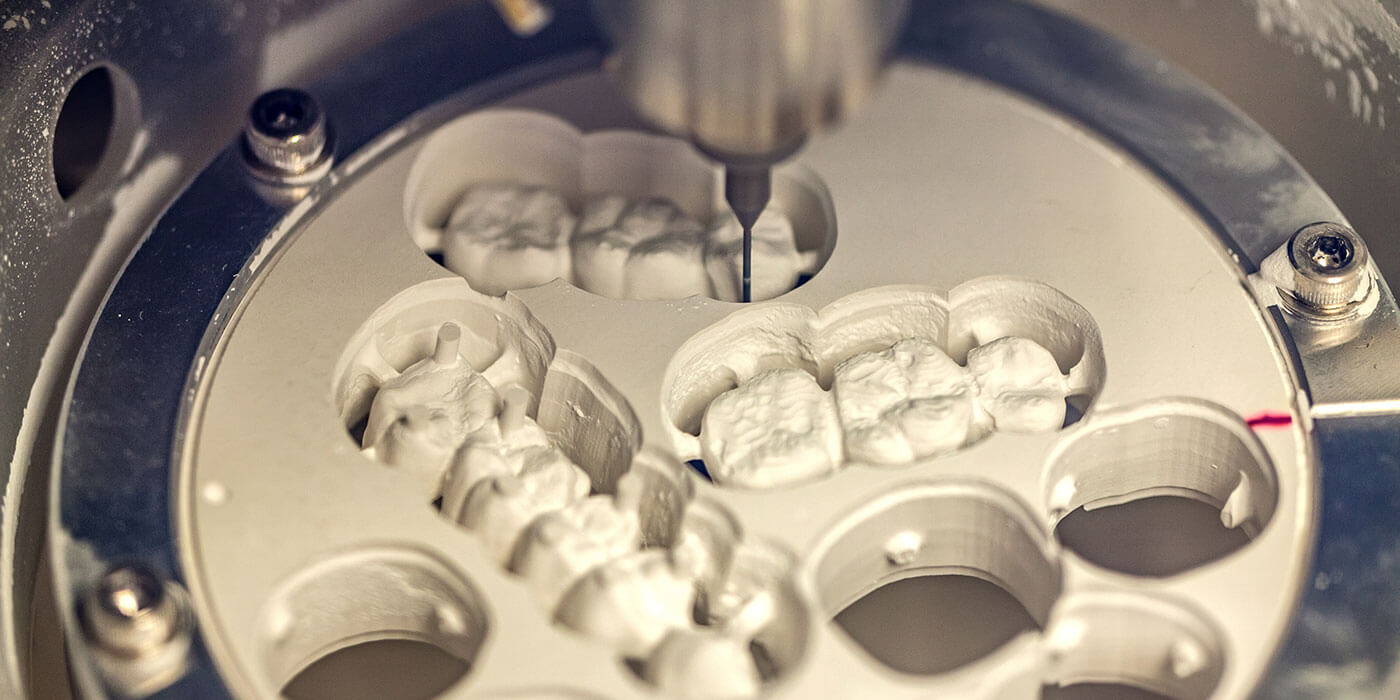
Milling zirconia comes in the form of prefabricated blocks. And although purely chemical zirconium is very bright and white, it can be colored with organic dyes. Depending on the system, we can choose zirconium oxide in various shades and degrees of translucency.
Full-contour work does not require manual firing of the ceramic, so everything can be done digitally. However, even a brilliantly modeled crown will not meet the patient's expectations if its color and transparency differ from the rest of the natural teeth. Therefore, full-contour crowns may be subject to further manual characterization. For this purpose, the dental technician manually corrects the surfaces of the crown, translating the natural dynamics of light into them. The last step is glazing.
3D printing of full-contour crowns not only shortens the working time compared to traditional methods of layered ceramic firing in a kiln, but also ensures perfect reproduction of the design and reduces the risk of error. And even if an error does occur, we can correct it faster.
Prosthetic crowns from a computer - advantages
Among the advantages of digital design and production of prosthetic crowns, I would mention, apart from the highest precision of reproducing the natural shapes of teeth, also the possibility of archiving data. The scanner records both the initial situation and after tooth preparation, i.e. their preparation for the placement of the prosthetic restoration. The data of the finally printed crown are also archived in the computer's memory. Thanks to this, if necessary (e.g. failure or loss), we can restore it quickly and more economically at any time, even after many years. The advantage of digital technology is also the fact that it uses an image - a language that is understandable to both the patient and the doctor and dental technician, which significantly improves and shortens the entire treatment process.

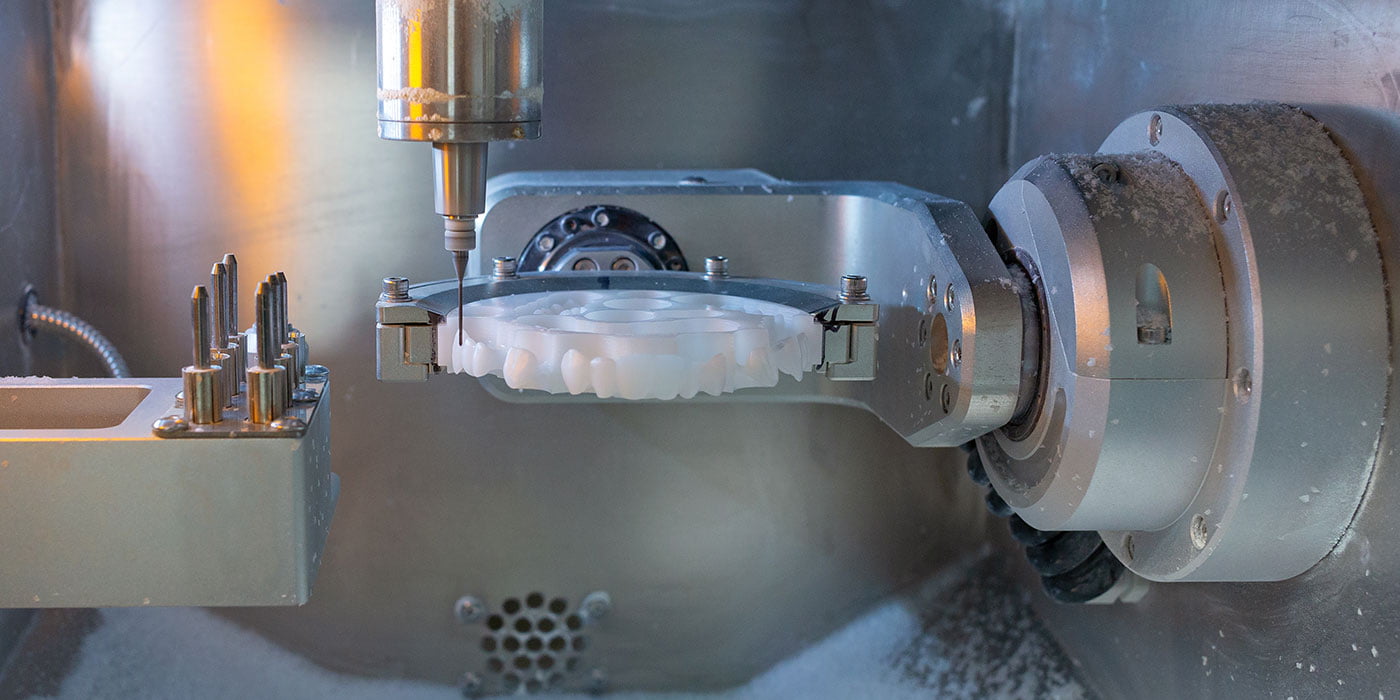



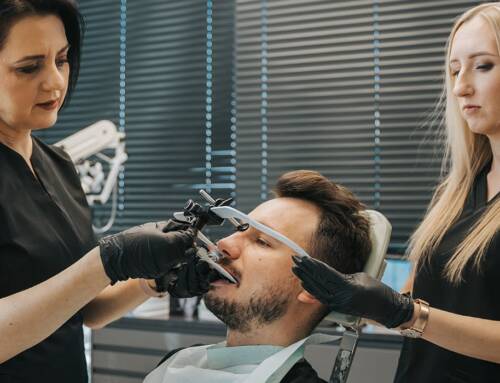
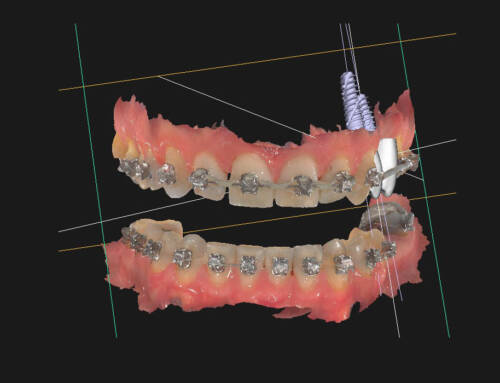
Leave A Comment